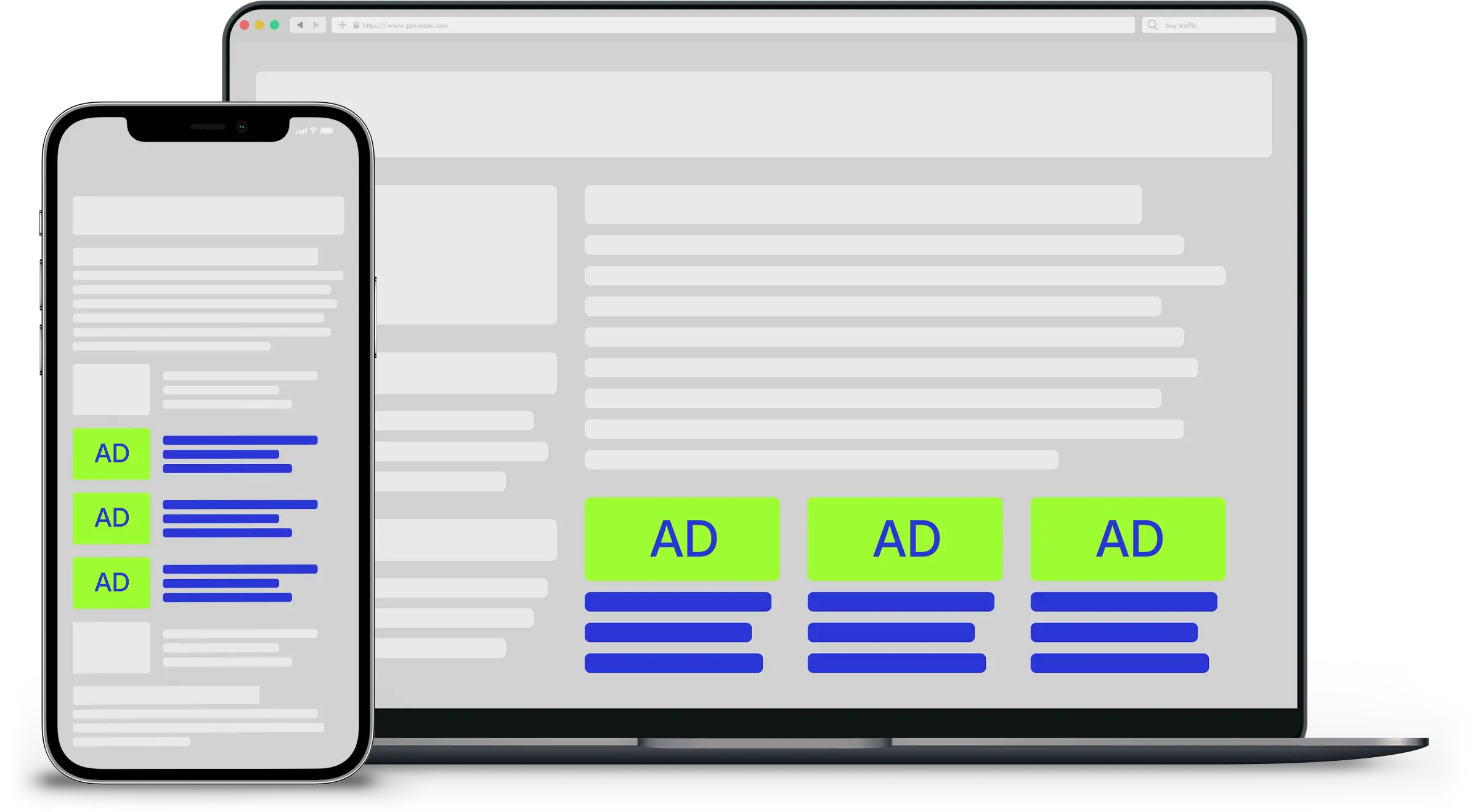It’s everywhere you look, and that’s the point. It’s guerrilla marketing at its finest – as such, video should undoubtedly be a part of your strategy.
But where to begin? Start by weighing up the different options, the two most popular being: Animated and live action videos.
To help you make your decision- in this article we will compare the look, the cost and when it’s best to use, both animated and live action videos.
How Much Do Animated and Live Action Videos Cost?
So you’ve decided to use video in your marketing strategy. One of the first questions is usually about cost. What are you able to get for the budget that you have?
Let’s compare:
Animated Videos
Animated videos have numerous elements. The usual process for an animated video starts with writing the script. Then onto storyboard, animation, voice over, music and sound effects.
Then on top of that, you’ve got the amendments and revisions at each stage and consultation time.
We recently evaluated the cost of animated videos across the industry. We wanted to know the answer to the question “How much does an animated explainer video cost?”. So, we contacted 70 explainer video companies, to inquire about their pricing and turnaround times.
If you choose to go ahead with an animated video, you’ve got another decision to make. Are you going to assemble a team of freelancers or go for a company/studio?
If you choose freelancers- it can allow you to mix and match a range of different skills, budget and quality. If your budget is tight, this could allow you to work with people who have lower prices.
But you have to to take into account your own time. If you take on the role of project manager, the hours you spend, organising and managing, in theory, is a cost.
If you find a company to make the video for you, you can give more control to them. Then you can manage the project from a distance. If you decide on this option, you will need to shop around for the best price. Some companies will offer fixed prices and turnaround times, others will charge on completion.
Live Action Videos
Live Action videos have a different process all together. To begin, you’ve got your script and storyboard stage. Which you will either need to have a go at it yourself, or hire somebody to do it.
Then you’ve got the filming where you’ll need: location, cast, insurance, props, wardrobe and set.
Finally, you have all your post-production elements. From editing, music, sound effects and extra graphics.
But if time and money is tight, it’s possible to shoot a DIY style live action video in just a couple of days.
A major benefit of Live Action, is that you can take advantage of things you already have. You can use your home or workplace as a setting and rope your friends and colleagues in to do some acting.
You can also make any necessary adjustments, and even improvise on the day if you wanted to. This will avoid expensive changes further down the line.
So the cost depends on what resources you can utilise, and what you need to source. After weighing these up, you can budget accordingly.
The Pros and Cons of Using Animated vs. Live Action Videos
Animated Videos Pros
A benefit of animated videos is that they don’t require actors or expensive locations. There are no sets to build or locations to find, and no temperamental actors to coddle. Saving you money, time, and energy.
Animated videos also work best for abstract products or services. They represent a way to simplify complex topics and bring them to life, by engaging with the audience.
For example, what HubSpot did with their “What Is Artificial Intelligence?” video here:
They could have developed a long-form article, explaining the concept of AI. Instead, they created a 6-minute animated video, which shows in a digestible way what AI is all about.
Tech companies do understand the challenges of explaining the technologies they work with. That’s why there’s been an increase of animated videos to explain abstract concepts.
For example, what MuleSoft have done here:
Animated videos aren’t only useful to explain complicated tech concepts. For example, Tech Insider wanted to show in a clear, powerful way how deep oceans really are.
Anyone can understand that 12,100 feet is a long distance; few can visualise what that looks like.
Animated Videos Cons
The main drawback animated videos can have is, that they tend to feel more impersonal than live action videos.
An example, of a live action explainer that works well is:
‘Adam Knows Best’ explains abstract or interesting concepts through live-action videos in an engaging way. This means explainer videos don’t necessarily need to be animated to work.
On the other side of the argument, when JotForm tested animated versus live action video, they found their animated video outperformed their live action video. With a 20% higher click rate, which led to a higher serve rate by YouTube.
Animated videos can also take three to seven weeks to create, depending on length and complexity. If time is against you, you need to bear that in mind.
Live Action Videos Pros
An advantage of live-action videos is that they carry an authentic, instructive tone. They can also have a humanising feeling to them.
People can sometimes relate more to live-action videos, as they communicate emotions quickly. This is because of our ability to read body language.
A good example of a live action video that has a lot of personality is one that DollarShaveClub.com created:
Another similar example comes from The Beard Club (previously known as Dollar Beard Club):
Both companies played with the emotions of their audience, tying a fun vibe to their products. This in contrast with how most Gillette’s ads look like:
Live action videos are also faster to create as long as you don’t add too many complex elements to them. The more writers, actors, locations, camera angles, you add, the longer the video will be.
As a rule of thumb, you can complete a well-planned, logistic-light video in three to six weeks.
Live Action Videos Cons
The main drawback of live action are the costs. The more complex, reputable, and high-quality the video, the more expensive it can get.
Another drawback of live action video is your ability to edit once the footage has been recorded. If you missed a scene or want to add in a few extra words then this can be difficult. Getting the crew, location and setup back together might be next to impossible. Whereas with animated videos amends and changes are much more straightforward.
Always consider the resources you have to produce realistic footage. The location, camera, sound gear, and talent you choose all carry a cost.
Conclusion
When it comes to deciding between animated and live action, it all depends on your needs and budget.
If you have a lower budget or you want to explain abstract concepts, animated videos can work best.
_____
by Jemma Melvin
Source: business2community.com









